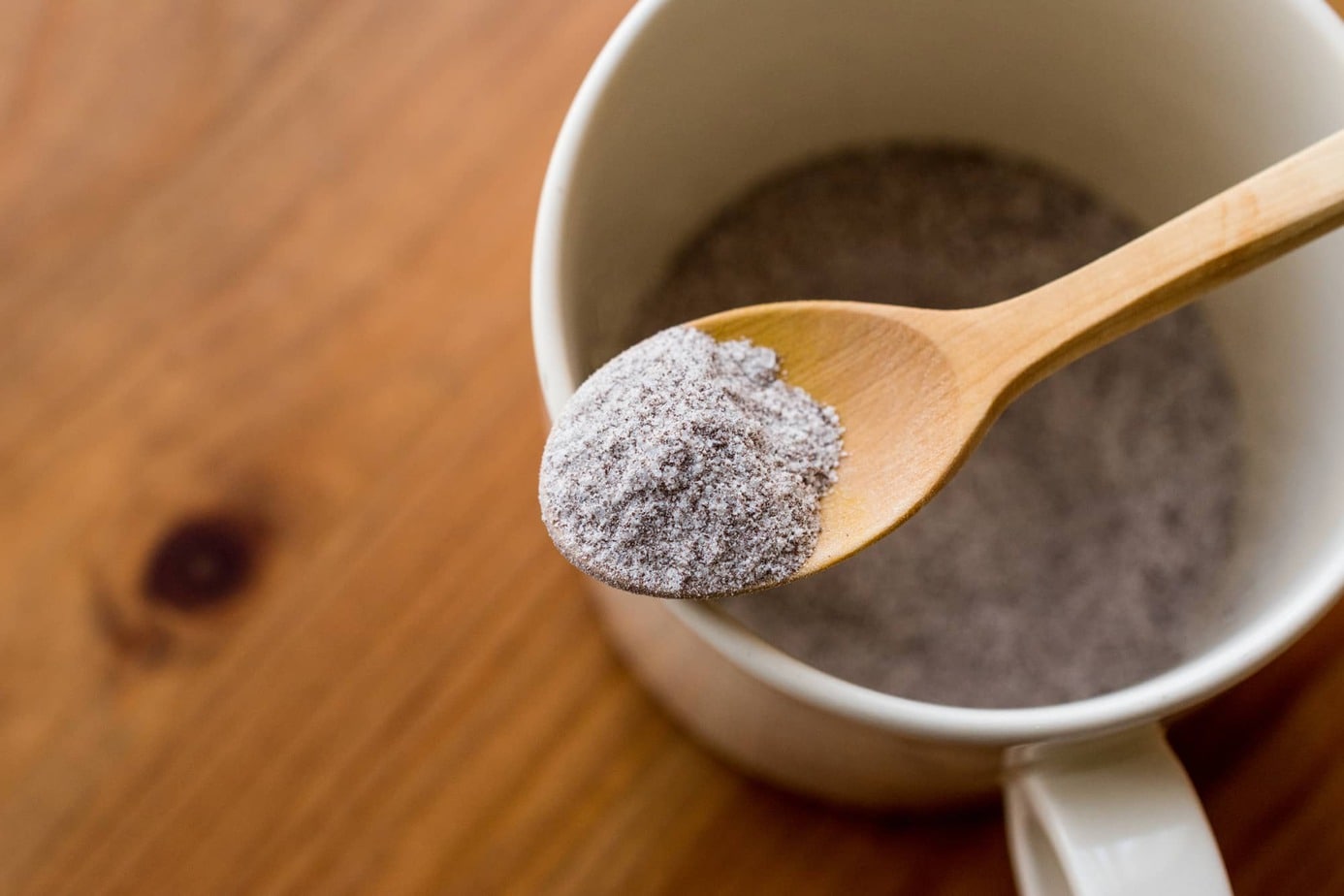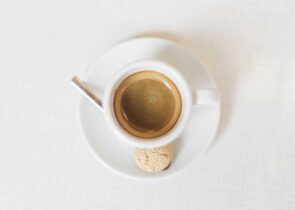You’ve probably seen or heard of powdered milk. It’s excellent for dairy and milk lovers who are on the go and don’t have access to a fridge. Powdered milk provides the same nutritional value as liquid milk, but you can store and use it for a longer period of time.
Although powdered milk may not be everyone’s first choice, you can use it in your coffee. It makes a good substitute for non-dairy creamer. And, you can still enjoy the conveniences of your morning java and cream when you’re in the middle of nowhere or out camping in the woods.
Here’s some information on what coffee milk powder is, its advantages, and how to mix it for the best taste.

What is Milk Powder?
Milk powder or powdered milk is regular milk that contains no liquid. Think of it like dried fruit. During the manufacturing process, all the moisture is removed. But unlike dried fruit, you put the moisture back into powdered milk.
By adding water to milk powder, you can drink it like fresh milk. You can also mix it into drinks like coffee.
Powdered milk contains whole or pasteurized milk, unlike some coffee creamers. The creamers consist of vegetable oils, sugars, and water. If you are lactose intolerant or sensitive to the hormones in dairy products, milk powder will not do you any good.
However, milk powder has the same proteins that fresh milk does. Some creamers carry long-term health risks linked to heart disease. Powdered milk does not currently have any association with health issues outside of lactose intolerance.
But What About Taste?
Some people say that powdered milk can dilute the natural taste of black coffee. They also say coffee milk powder makes the beverage less smooth. What this means is you might taste more grit, or your coffee may get grainier.
Grit aside, powdered milk adds the same taste to your morning cup of coffee as fresh milk. If you blend the powder well or put less of it in your cup, you won’t notice any difference. You can also try non-fat powdered milk as it blends more easily.
An important thing to remember is that milk powder does not contain added sugars or flavors, which is different from coffee creamers that add sugar content and additives to your coffee. If you’re looking for a bit of cinnamon or caramel flavor, you’ll have to add it from natural sources.
How Do I Use Coffee Milk Powder?
Many coffee drinkers add milk powder into their cups after they’ve poured the beverage. Others choose to add powdered milk to their coffee while they’re brewing it.
The way you add milk powder during the brewing process will depend on your method. If you place your coffee grounds into a filter and use the drip method, just add the powder into the filter.
To prevent the powder from coming out in clumps, you’ll want to mix it with your coffee grounds. Alternatively, you can put the powder in the filter and then add the grounds on top of it.
Of course, you’re probably wondering how much milk powder to add to your grounds. The amount of powdered milk is subjective as everyone’s tastes are different. You can try adding in one tablespoon and see if you like it.
You can also experiment. Start with a little less and keep adding larger amounts until you find the taste you want.
Do you have a Keurig or a similar machine that uses pods? Go ahead and add the milk powder to your coffee mug and brew as usual. Experiment with small amounts of powdered milk and adjust to taste.
Final Thoughts
Powdered milk is a replacement for milk or coffee creamer. Powdered milk has a longer shelf life, and you can add and blend it to your coffee in several ways. Try spooning the powder in your coffee and mixing it until the powder dissolves.
Add the powder to your filter with your coffee grounds and hit the “brew” button if you’re feeling brave. Either way, you’ll add the creamy flavor of dairy you enjoy. Don’t forget to add natural flavors like vanilla and chocolate.
You can use vanilla extract or cocoa powder to make your own lattes at home or while you’re on the road. Furthermore, you’ll avoid some of the health hazards that come with coffee creamers. Here’s to having fun with new aromas brewing right from your kitchen!
Happy Caffeinating!







